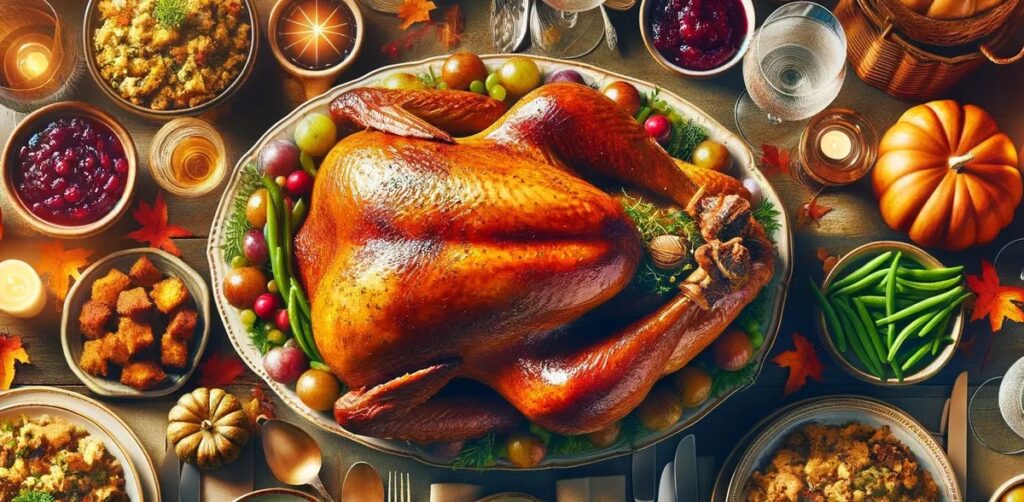Looking at the background of the strong development of the catering industry, there are clear and strict requirements for building your own business, which is the basis for strong development. We have introduced the QSC standard design department (Q-Quality, S-Service, C-Cleanliness) in the catering industry.
Many catering companies have begun to pay attention to the construction of QSC, but in many cases, it is difficult to implement. The main reasons are that they do not have a logical system and were not strict enough in the construction of QSC. Standard design is the underlying logic of catering operations, and its main purpose is to be enforceable. The standard design of the shop QSC system design mainly has four dimensions.
1. Restaurant standard design
Regardless of the size of the restaurant, there are two essential areas. One is the customer service area called the lobby, and the other is the kitchen that provides food for customers called the back room, so the standard design, divided by area, can be divided into the standard entrance hall and the back room.
Another way to break it down is to split it into pre-dinner standard,mid-meal standard, and post-meal standard depending on the client’s meal schedule and timing. Here we will discuss how to build a standard system of QSC based on the time allocation of customers.
2. Pre-dinner standard
It is important to understand that the restaurant dining experience and customer interaction are achieved through QSC (Quality, Service, and Cleanliness).
Cleaning standards
Common mistakes: Cleaning means to be “clean”.
Standards that must be designed for everyday hygiene include hygiene of the floors, countertops, tabletops, tableware, etc. Most managers write the word “clean” in their cleanliness standards, but that’s not enough because employees don’t understand exactly how “clean” the manager is asking for.
So the correct way is that the standard should be detailed and expressed as: No dust, water stains, oil stains, dirt, etc. This allows employees to be conscious of “cleanliness”.
Standards design of items’ placement
Common mistakes: Mark the placement with lines and labels.
This practice is outdated. As an example, imagine a food prep cabinet in a restaurant. A restaurant manager must first plan each tier of the food prep cabinet such as 30 scoops on the first tier and 30 scoops on the second tier. After planning, take a photo and attach it to the planning distribution table. Employees can place them according to the corresponding images. This intuitive approach not only standardizes but also makes it easier for employees to understand how to place them correctly.
Estimated turnover
Common mistakes: Daily use judgments are based on experience.
Correct approach: Usage at different time periods should be carefully determined based on data from previous operations. A data report can provide such an accurate assessment. We recommend using the OrderPin data reporting feature. With powerful cloud booking capabilities, you can view restaurant business data at any time and generate real-time data reports to plan your day based on the data, the amount of food in a given period, and the rational allocation of resources can be evaluated.
3. Mid-meal standard
First of all, the service process is an integral part of running a restaurant, as the customer’s culinary experience is key. Connections that require design standards include waiter stations and their languages, and kitchen stations and languages.
Common mistakes: Just ignore the interaction and ask for courtesy.
Correct way: As an example, consider the ready-to-eat service standard developed by a catering company. When a waiter guides a customer into a restaurant, the waiter says, “Let’s welcome two beautiful ladies,” and the other waiters respond in unison,” Welcome”. During the meal, the waiter should check the customer’s table at least 3 times, each time with a smile and polite language to show the customer’s dedication to service. Also, after the waiter meets the customer for the first time, the employee takes the initiative to introduce the name or surname, so the customer remembers who served him. How would you feel if you ate at such a restaurant? The reason for this success is actually very simple – to design customer-friendly standards.
4. Post-prandial criteria
Many believe that post-meal standards of meal completion should include sanitizing, returning items, and checking equipment. Yes, these are essential finishes for a restaurant. However, we would like to highlight a very important task here. That is to organize the data for the next day’s sales (including estimated sales for the second day, current inventory, and approximate raw material sales per RM10,000, etc.). Keep the report simple.
Common mistakes: Due to their extensive experience, only a few employees (mostly managers) are capable of doing this type of work.
Correct way: Once standards are designed and listed, any employee can organize them. If your restaurant buys items every 3 days or once a week, you only need to estimate the turnover of raw materials purchased every 3 days based on the sales for the 3 days, and the sales of raw materials purchased once a week are calculated based on weekly sales. By estimating sales, each employee can organize the data.
The standard design of QSC store design is the basic logic of restaurant operation management, the foundation of healthy restaurant operation, and the key to creating a good restaurant customer experience. The data shows that restaurants that do poorly with QSC, store facilities lose between 5% and 8% of their customer flow, impacting their bottom line. Therefore, the importance of QSC restaurants has not only to do with operation and construction but also a key part in gaining a favorable position in an increasingly competitive market environment.

